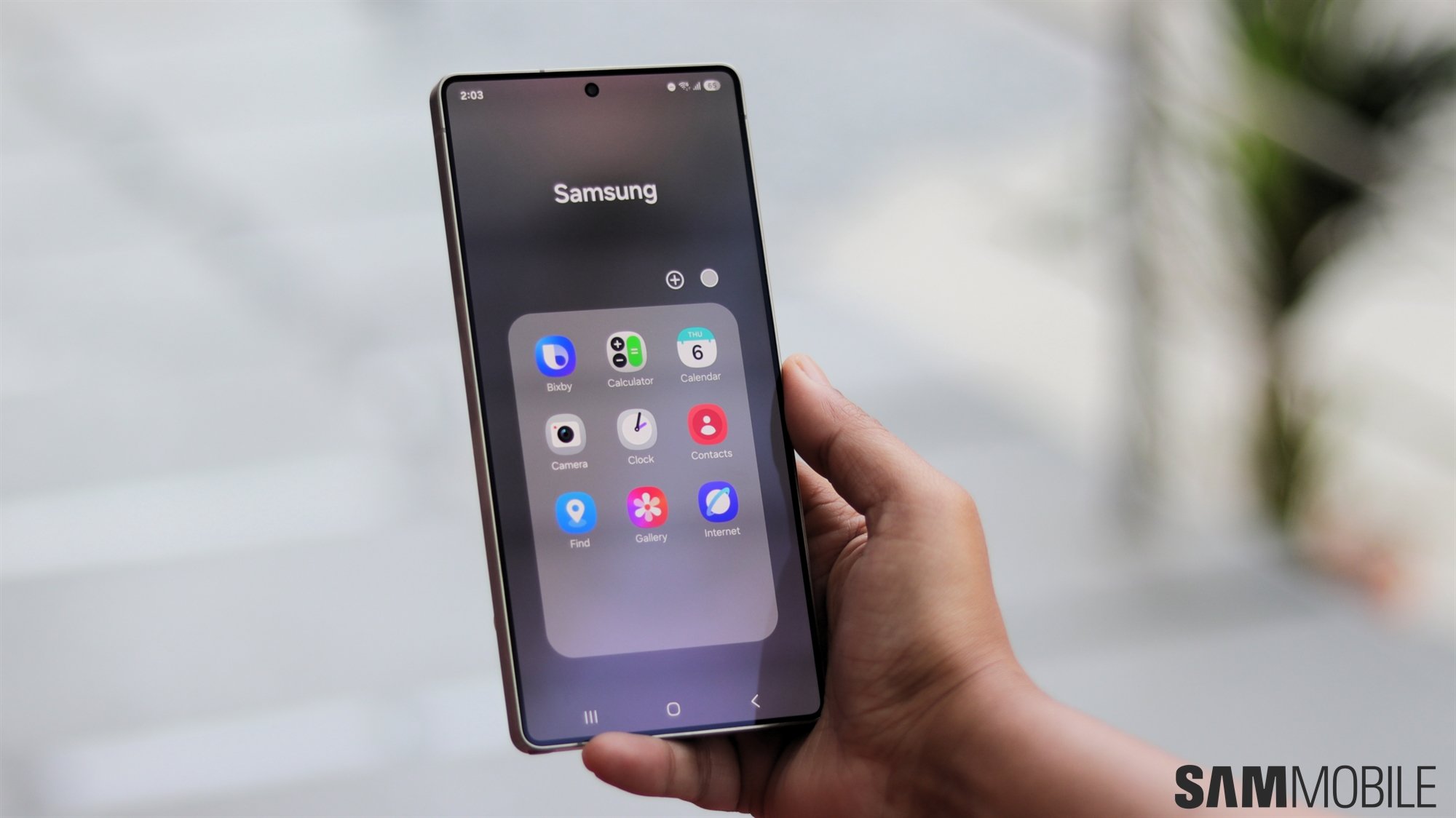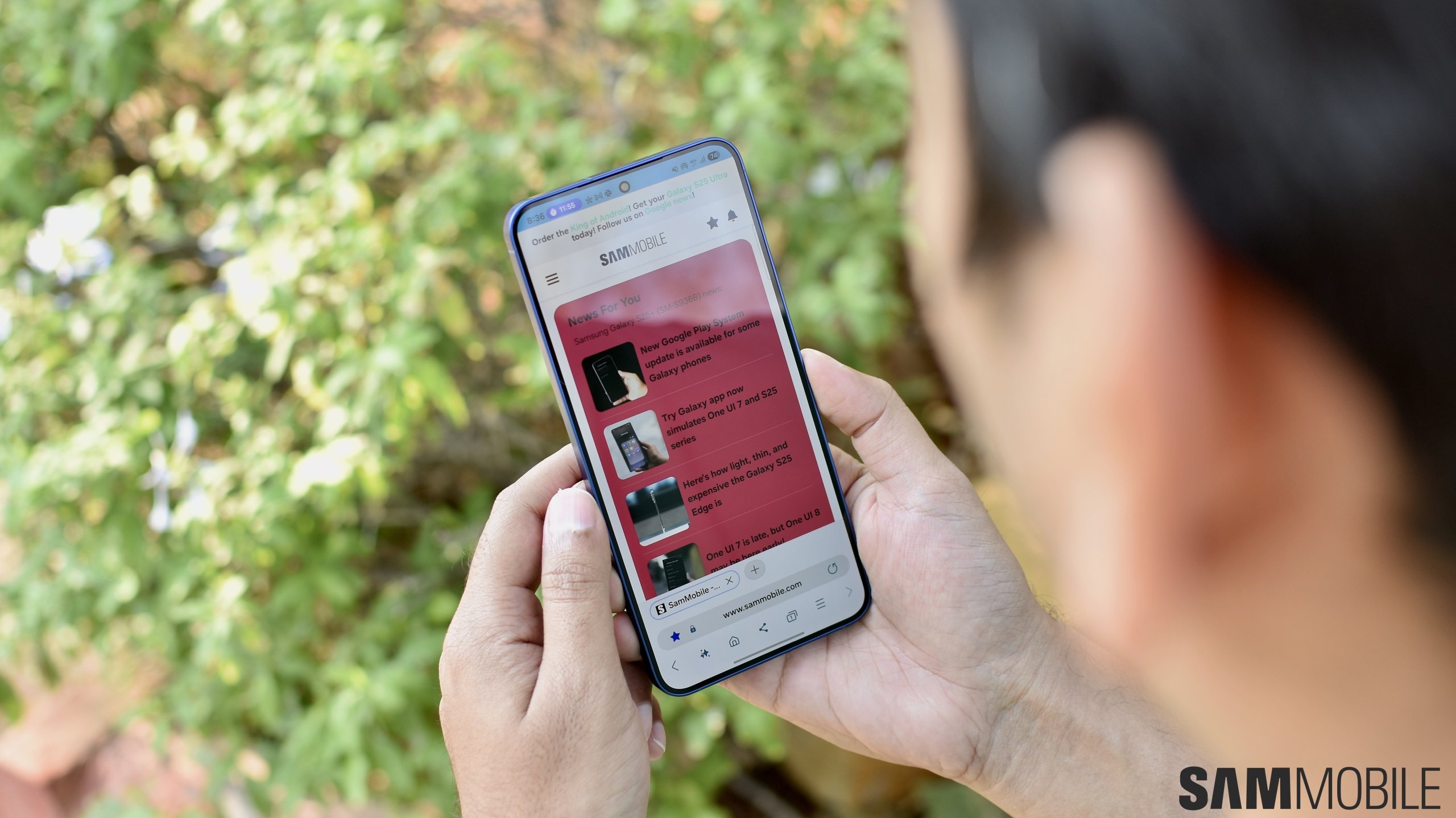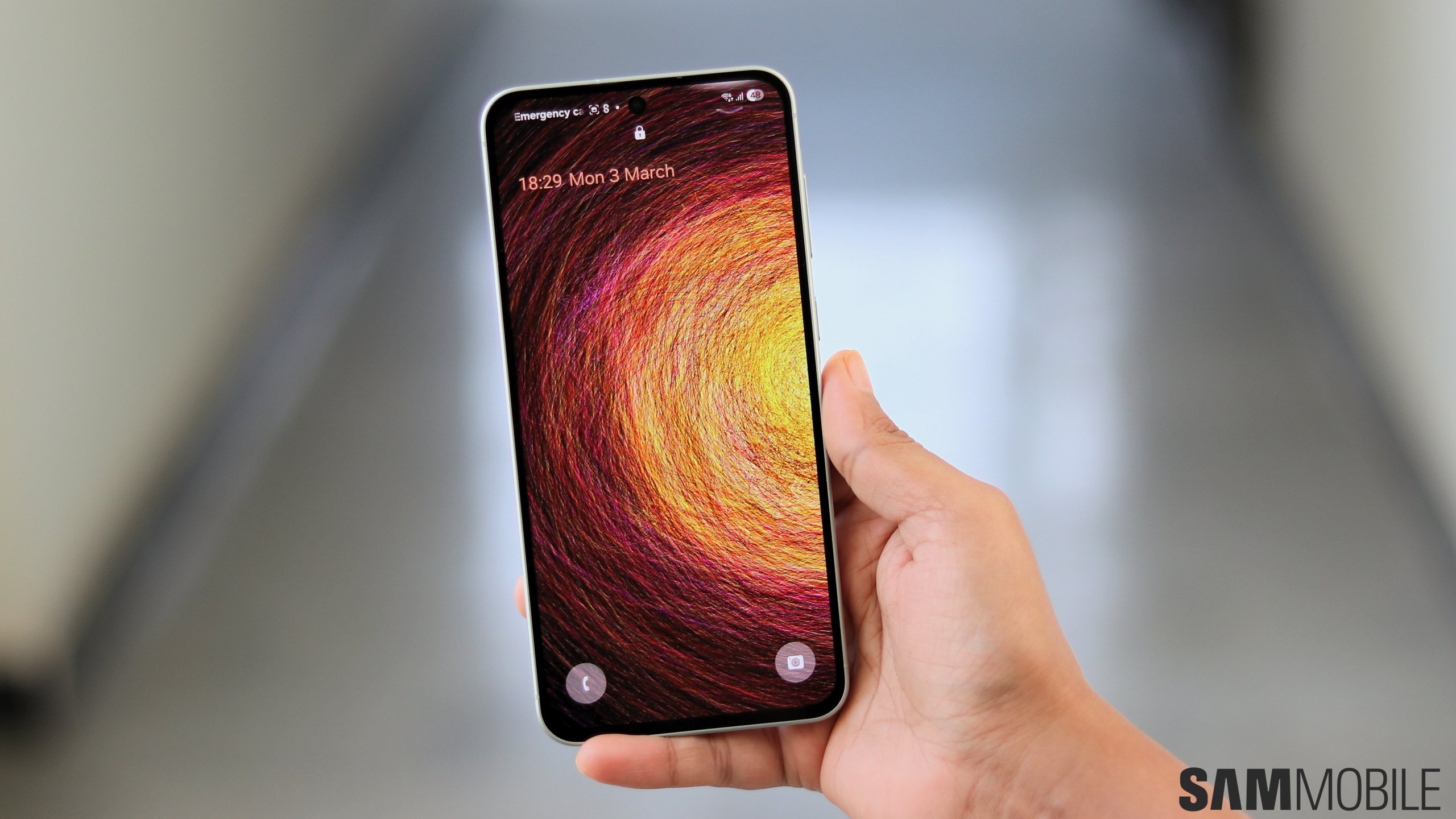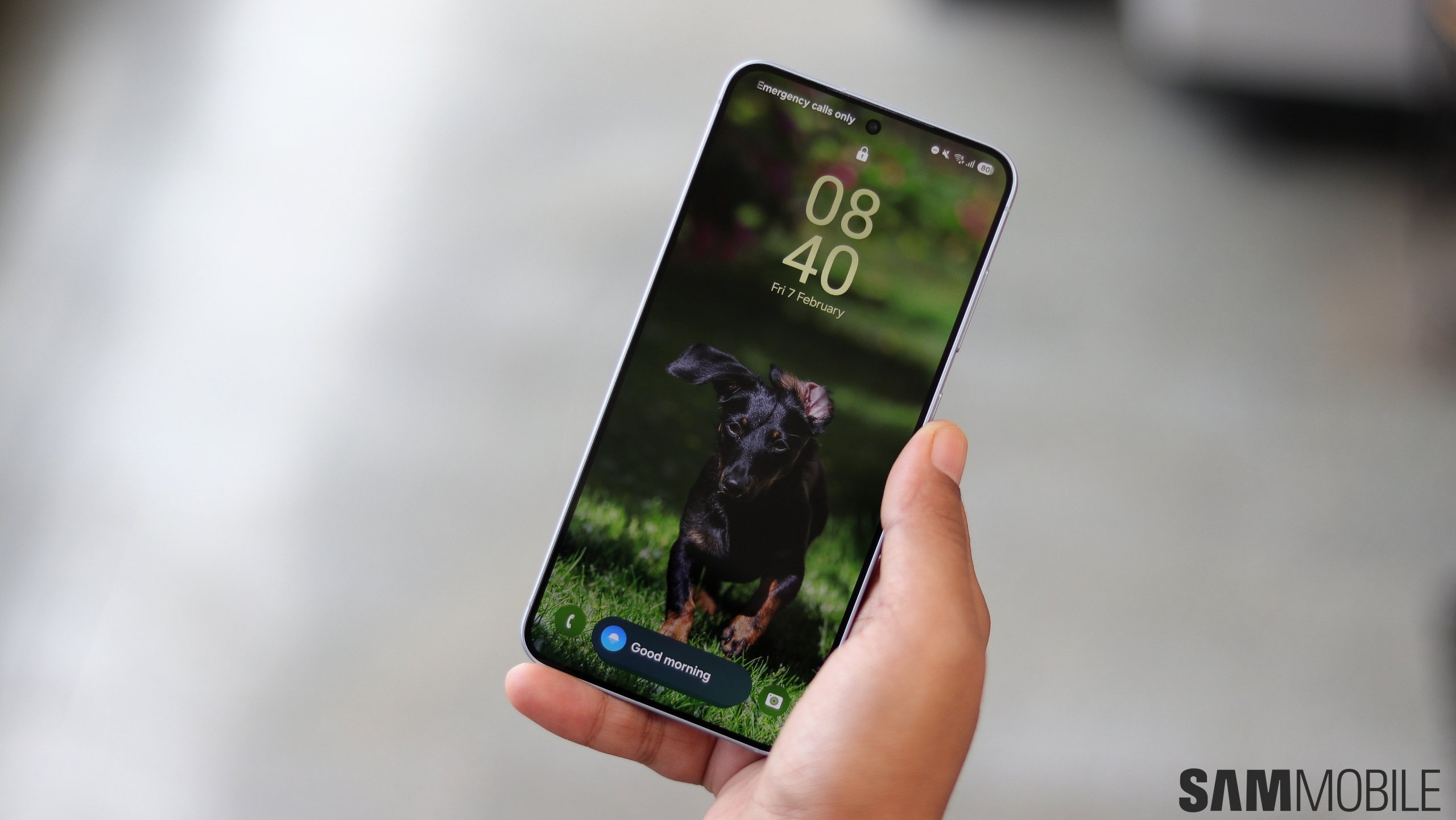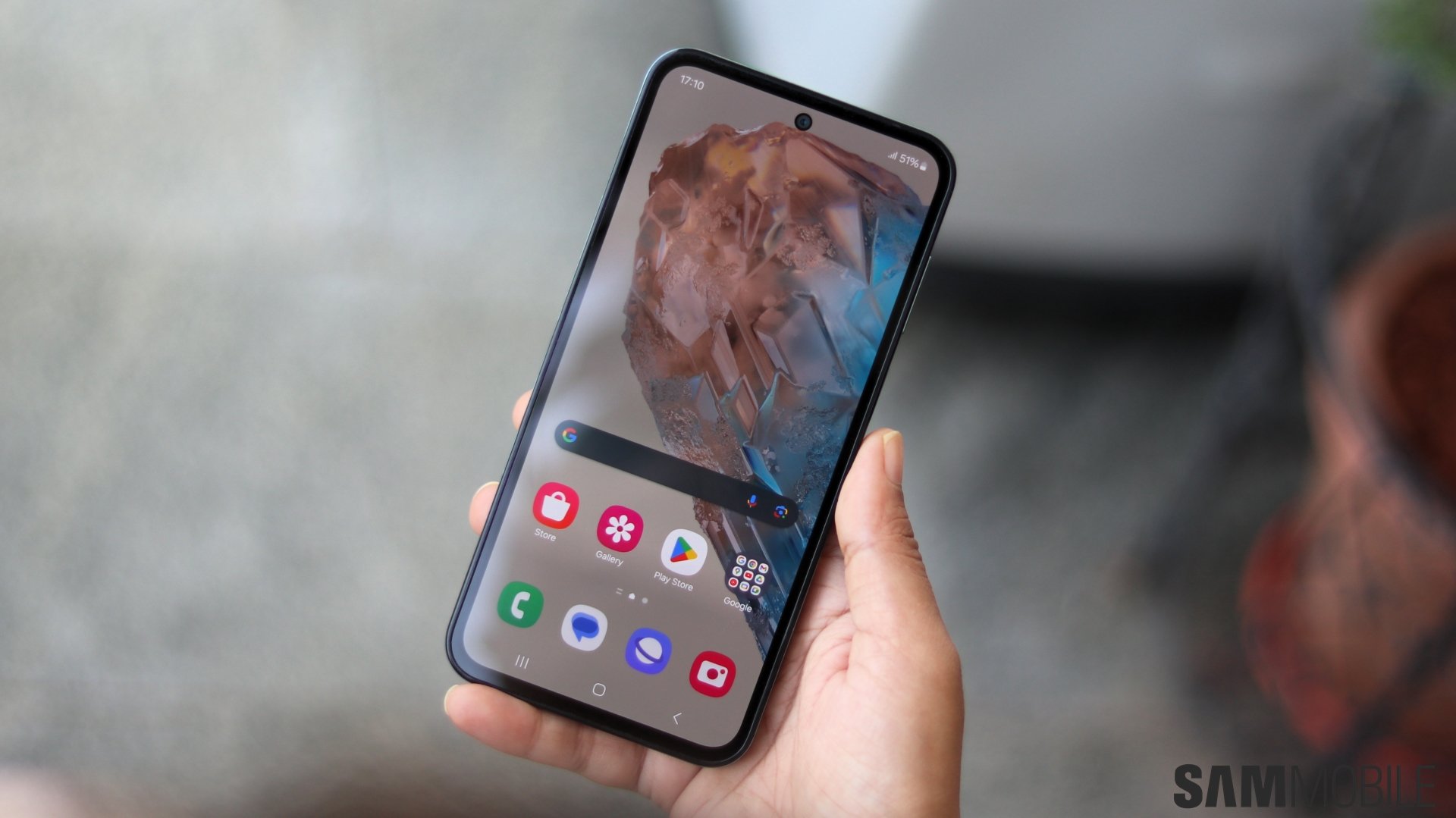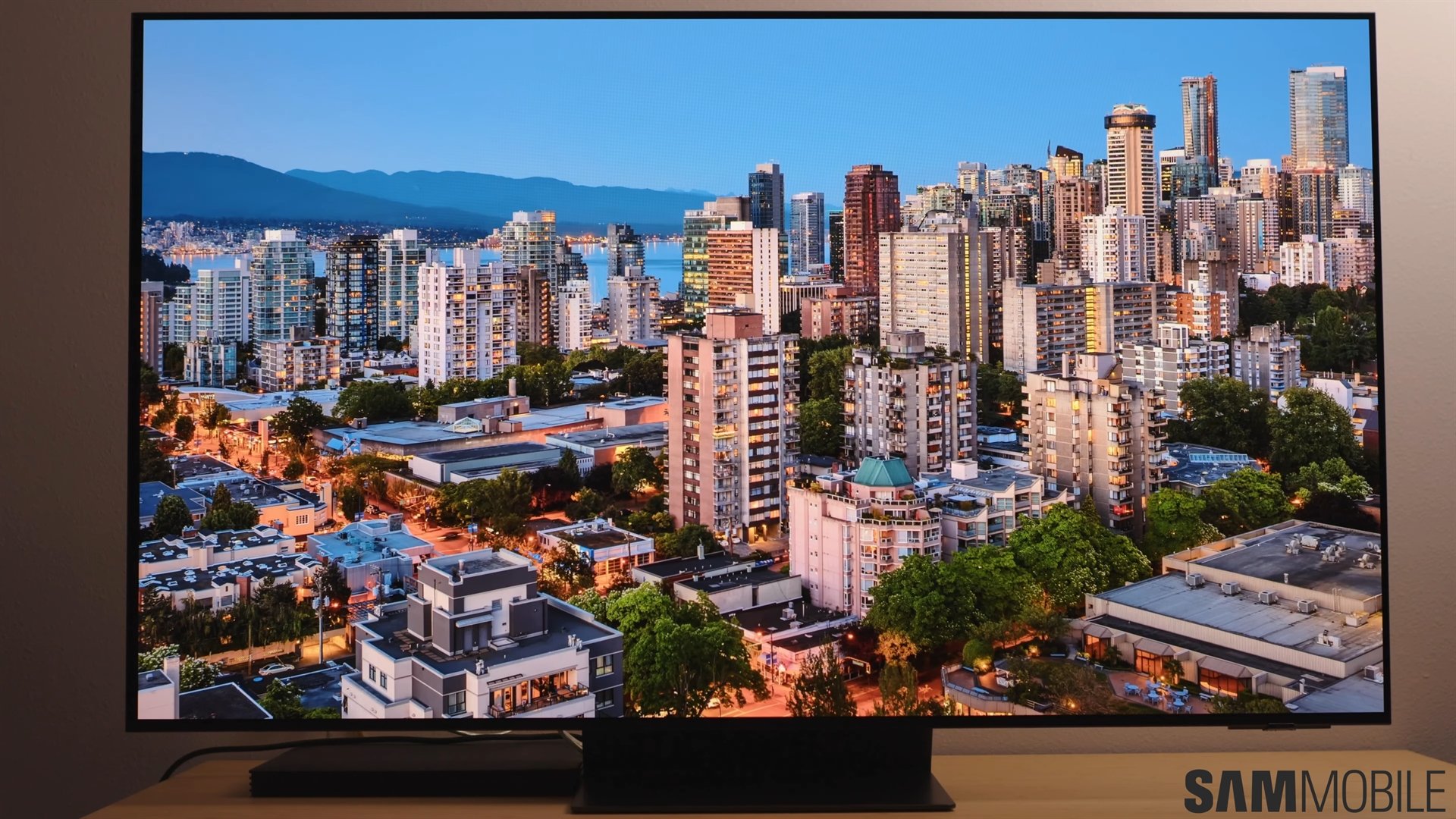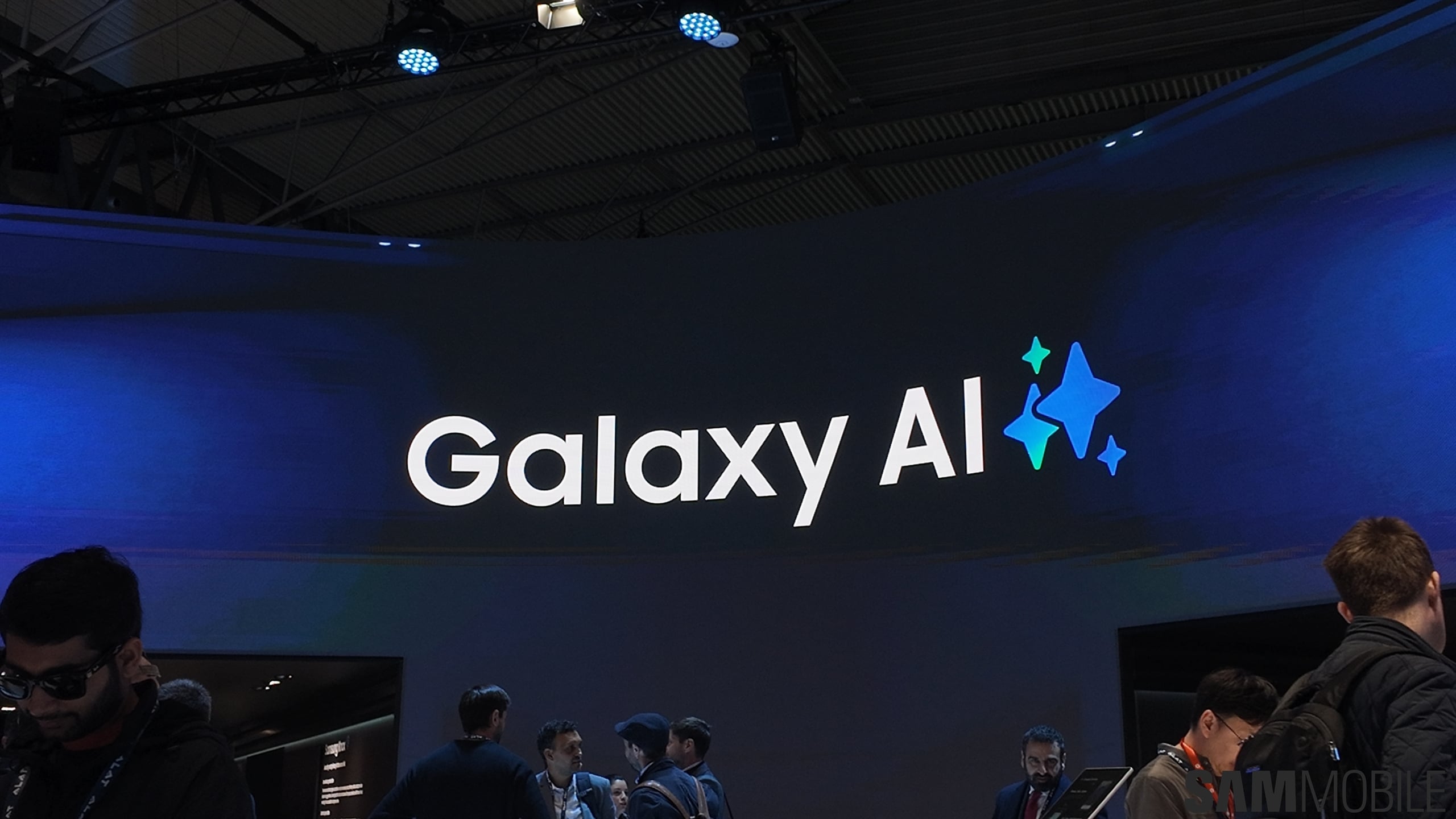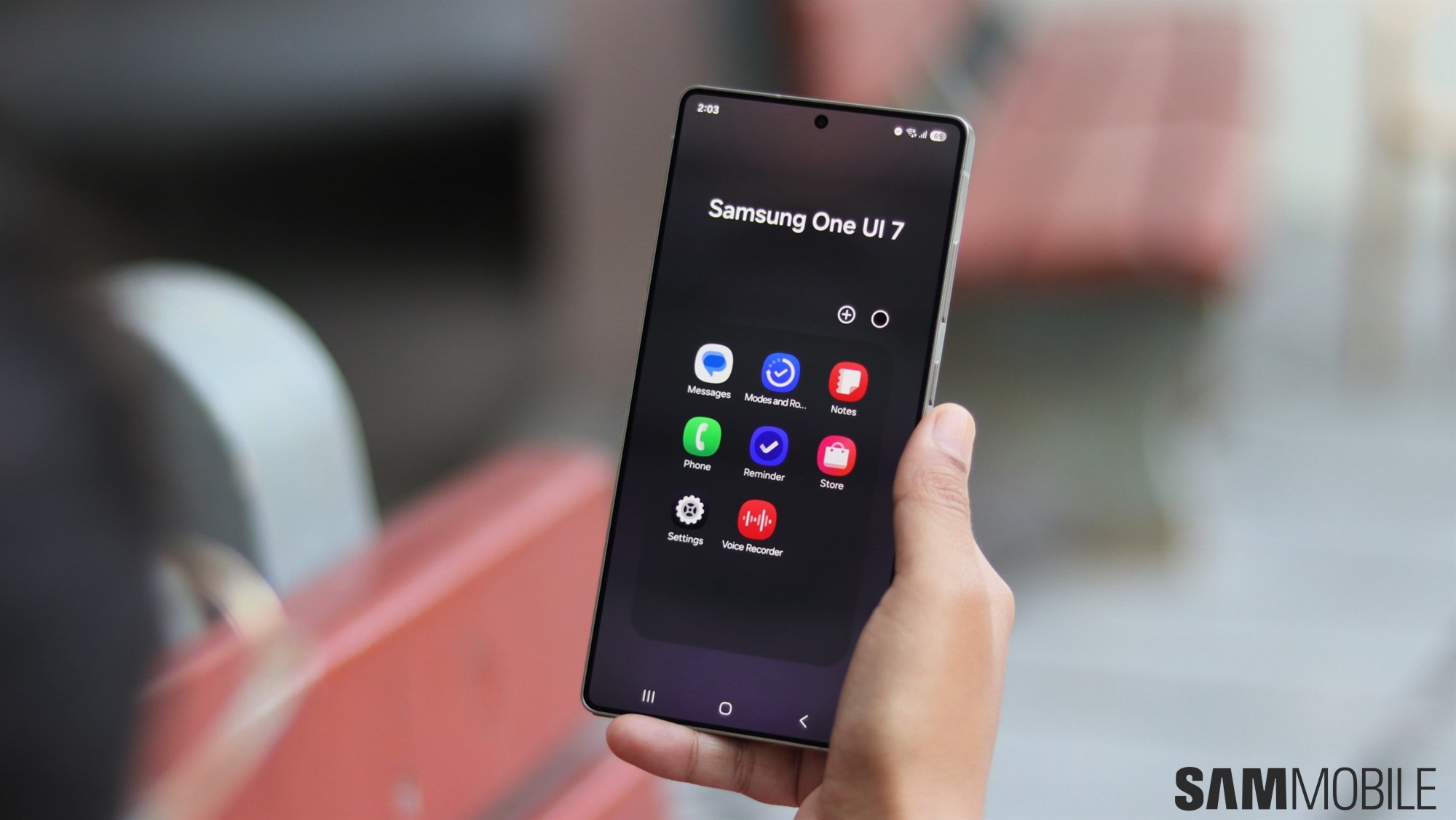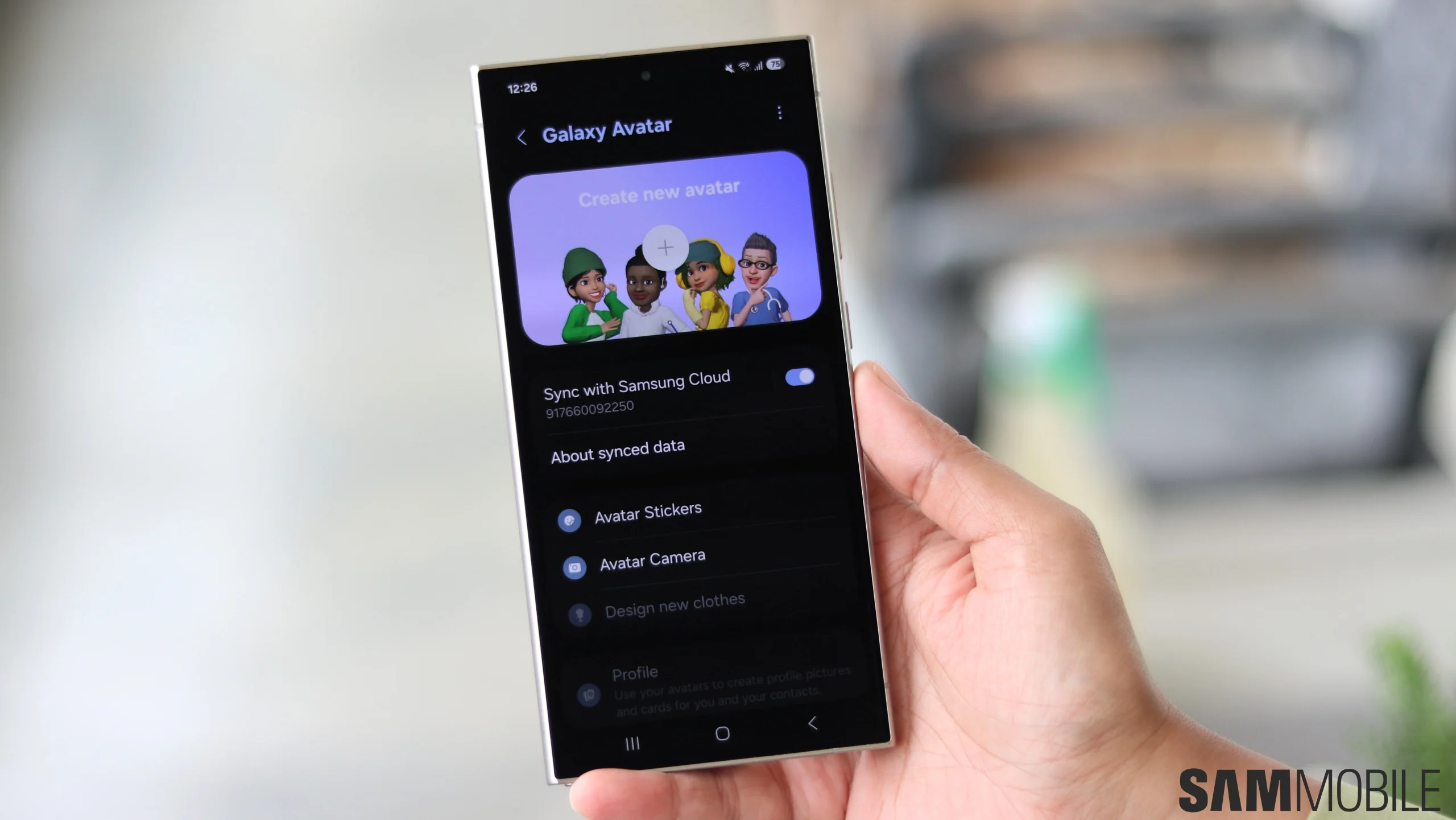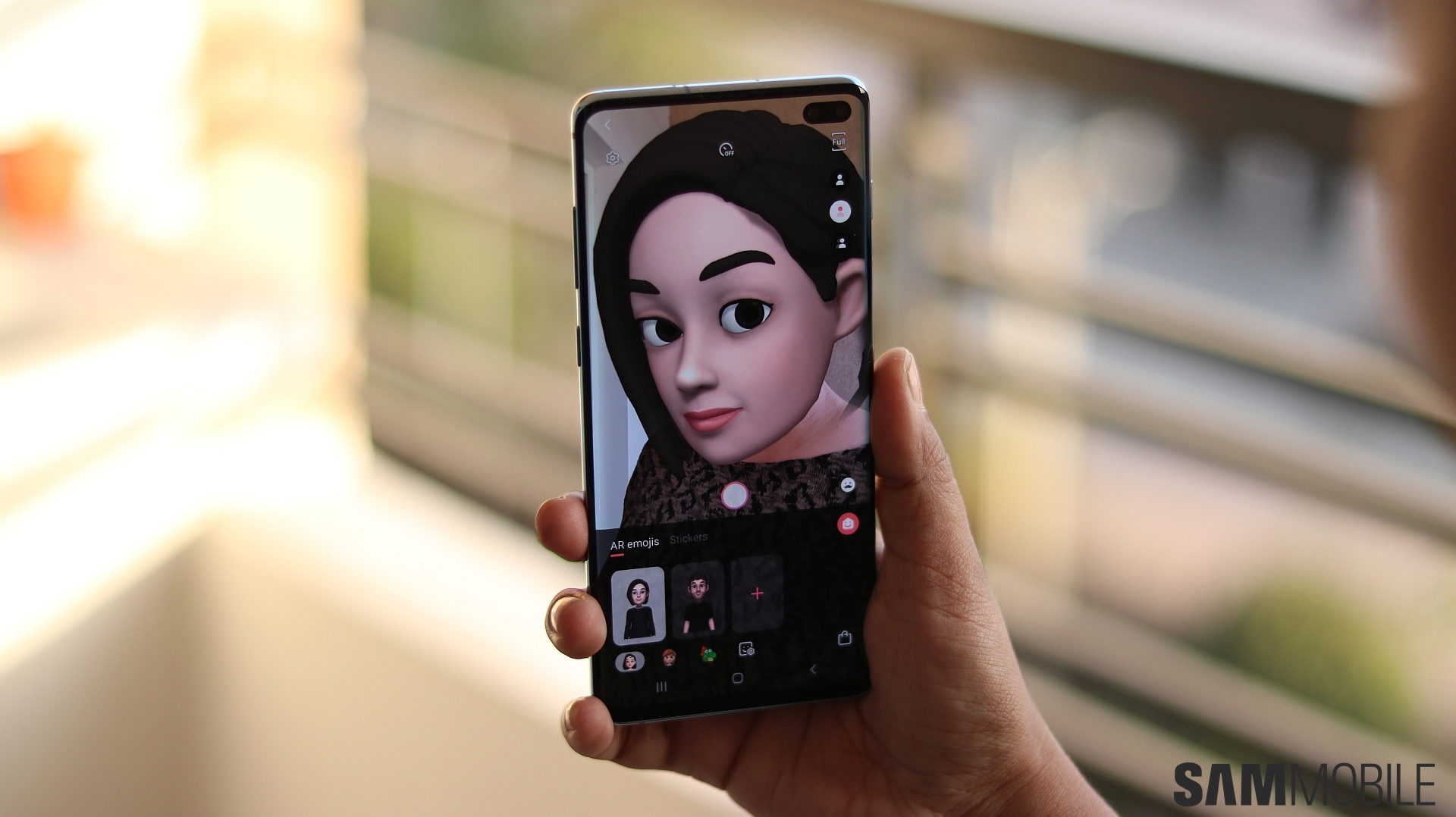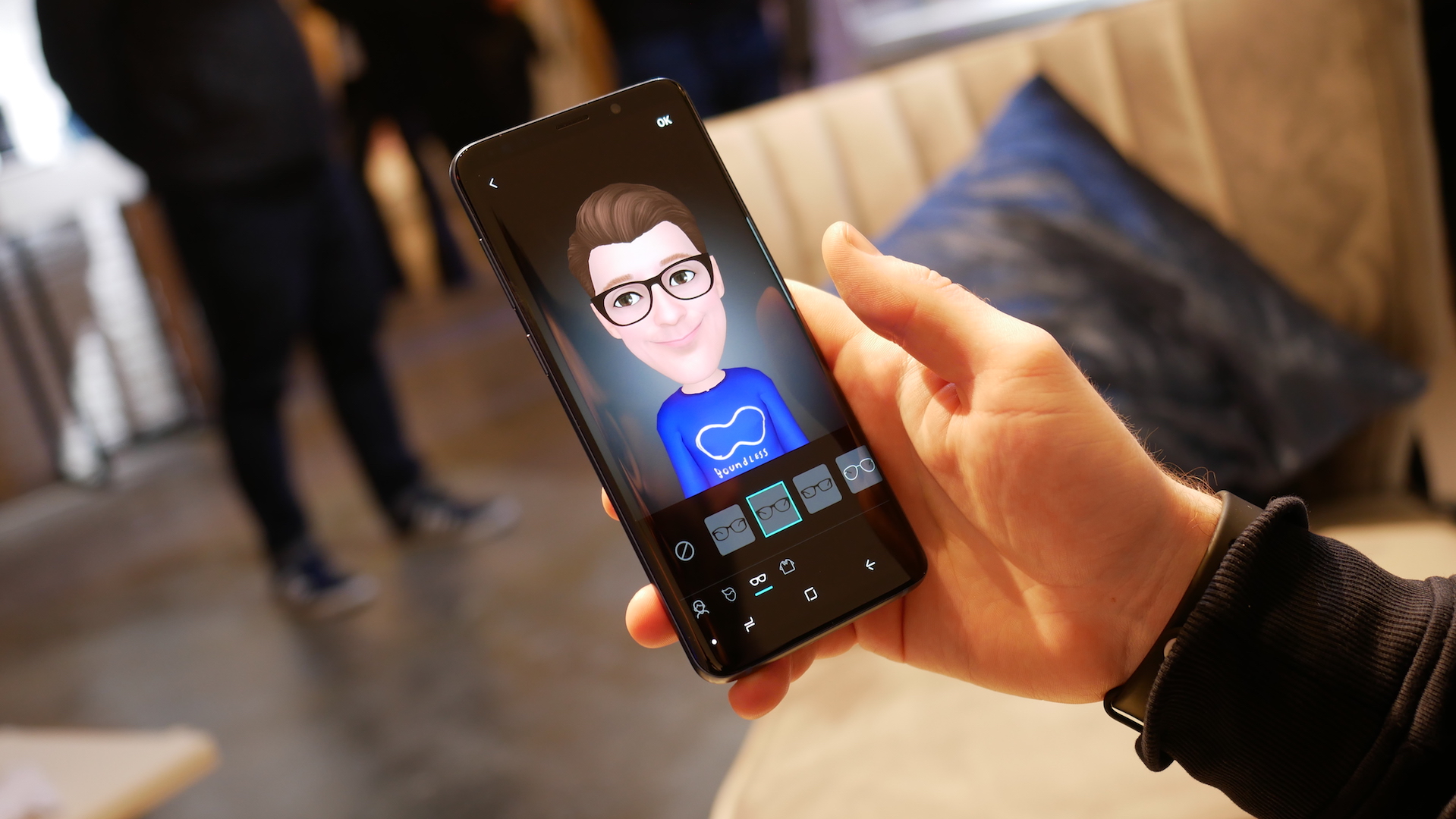
The lack of something like Face ID isn't the primary reason
For AR Emoji, Samsung decided to obtain a license for the technology from a startup called Loom.ai, the same company that recently brought a character from the original Star Wars movie (A New Hope) back to life in the Star Wars spin-off movie Rogue One years after the actor who played that character passed away. That's how the Korean giant was able to come up with an Animoji competitor so quickly, but in an interview with CNET, Loom.ai's co-founder has explained why AR Emoji can't create a digital likeness of the user as nicely as one would like.
The answer? Well, AR Emoji isn't great because the Galaxy S9 doesn't take enough time to create that digital likeness. Loom.ai's original technology would take up to seven minutes to map a person's face onto a computer-generated avatar, and that's the kind of time the average consumer wouldn't be willing to spend. Also problematic is the fact that the Galaxy S9 needs to create a real-time avatar of the user, which makes the speed at which things are processed even more important.
Another limitation with AR Emoji is that the Galaxy S9 only uses a selfie of the user, which means it has to make do with a 2D image. Apple, meanwhile, gets to use a 3D image because of the components that make up its Face ID technology, giving it a leg up over all of its competitors, not just Samsung. Loom.ai does say that AR Emoji will get improvements, such as better tracking of the user's facial expressions and more options for body types and hair colors, with a software update, though Samsung hasn't said anything on the matter just yet.
For CNET's complete story on Loom.ai and AR Emoji, hit the source link.
